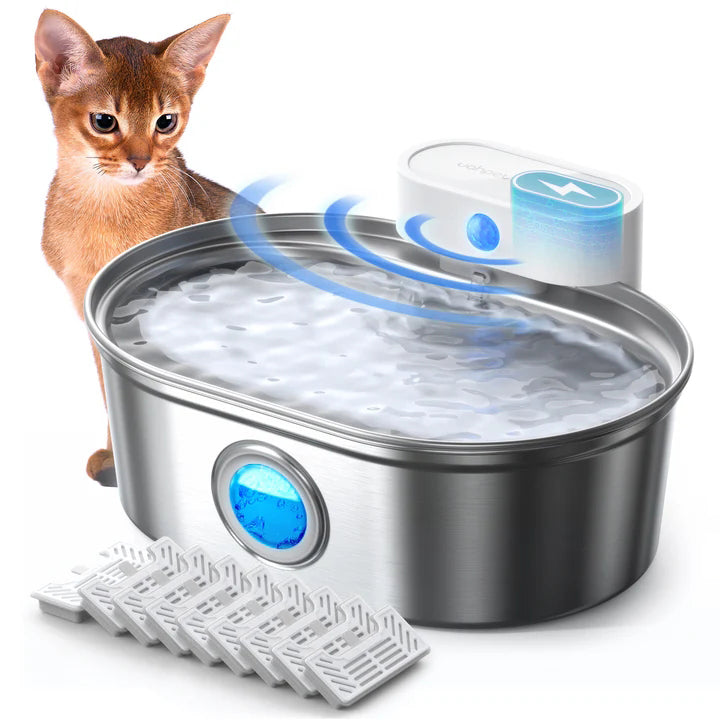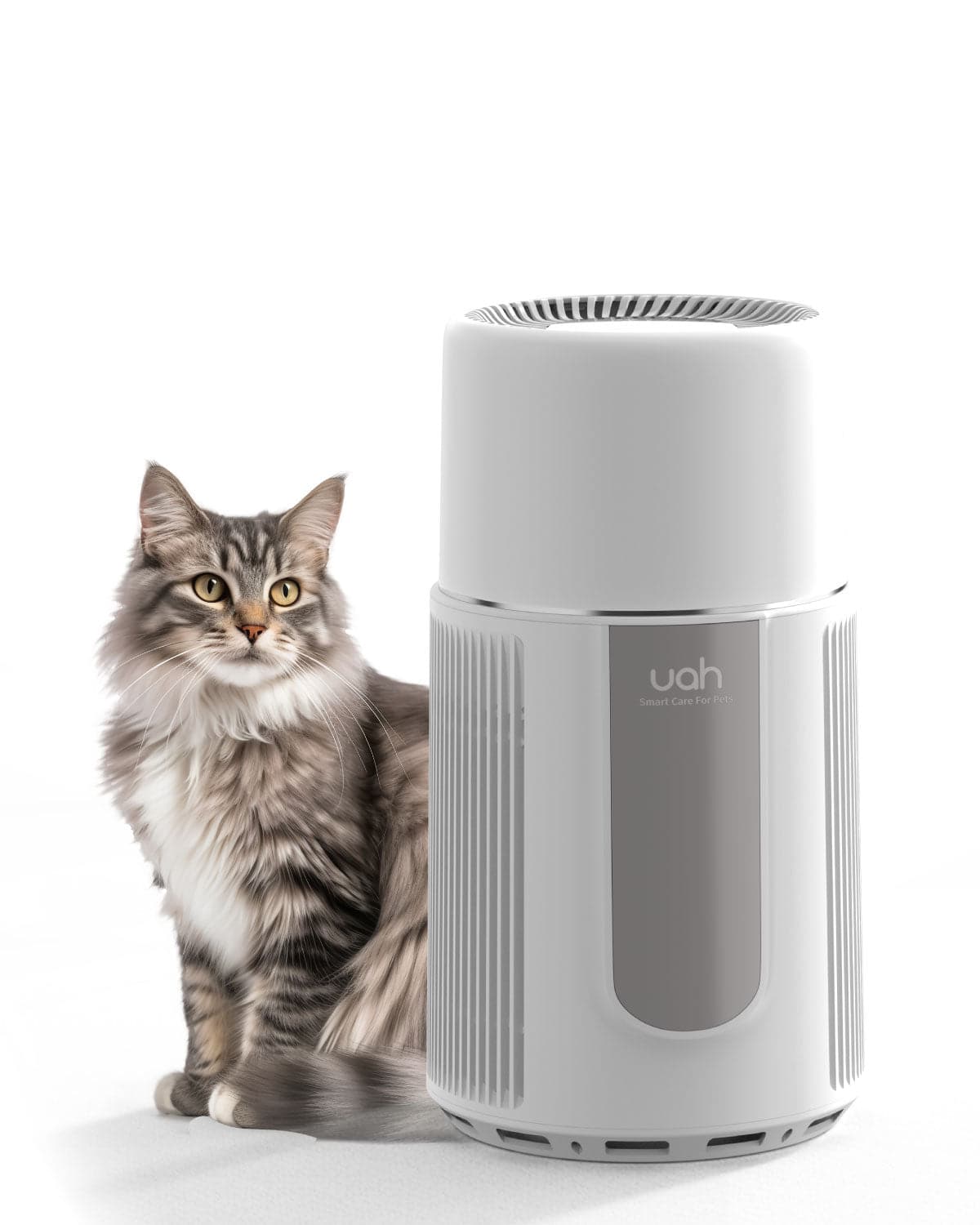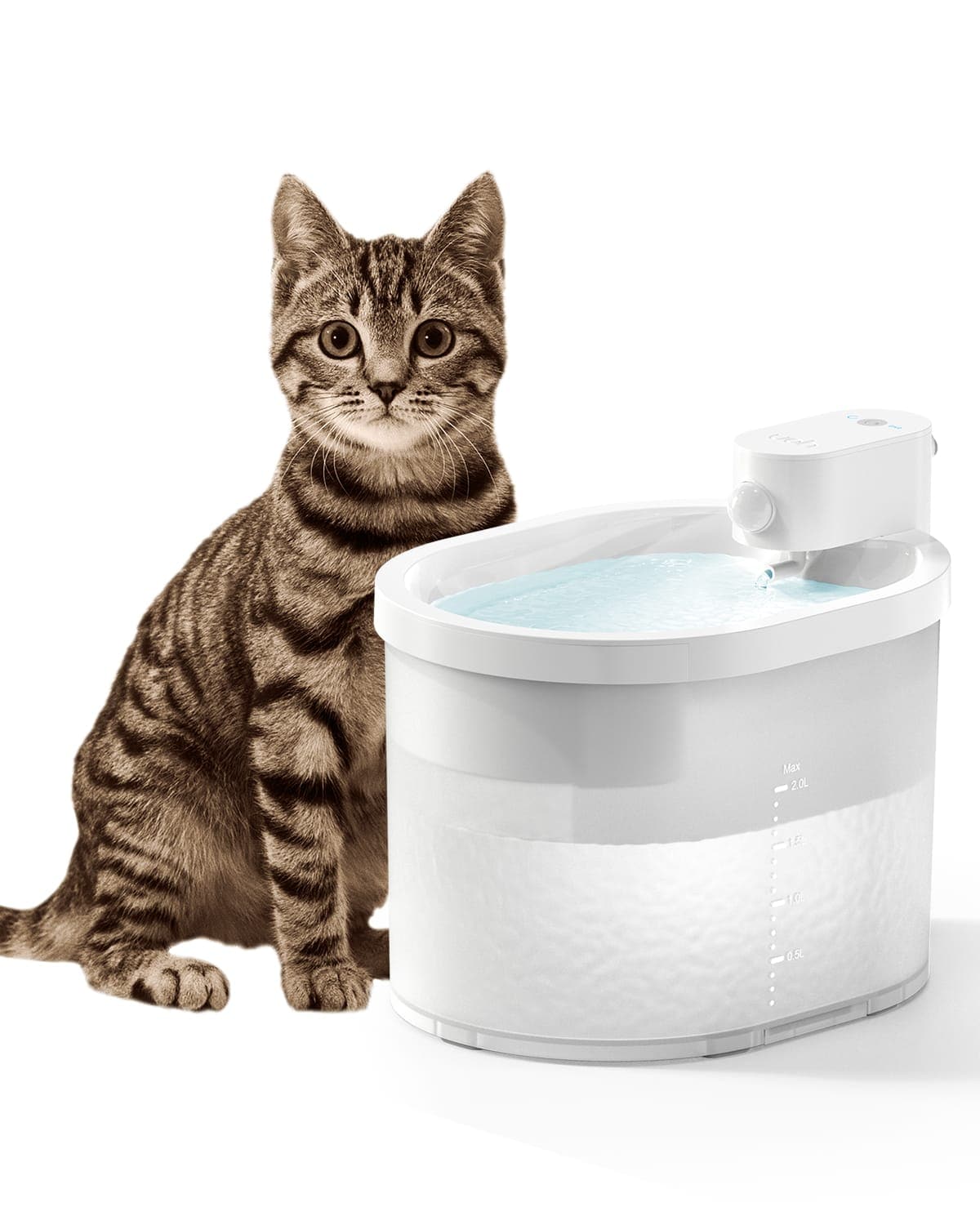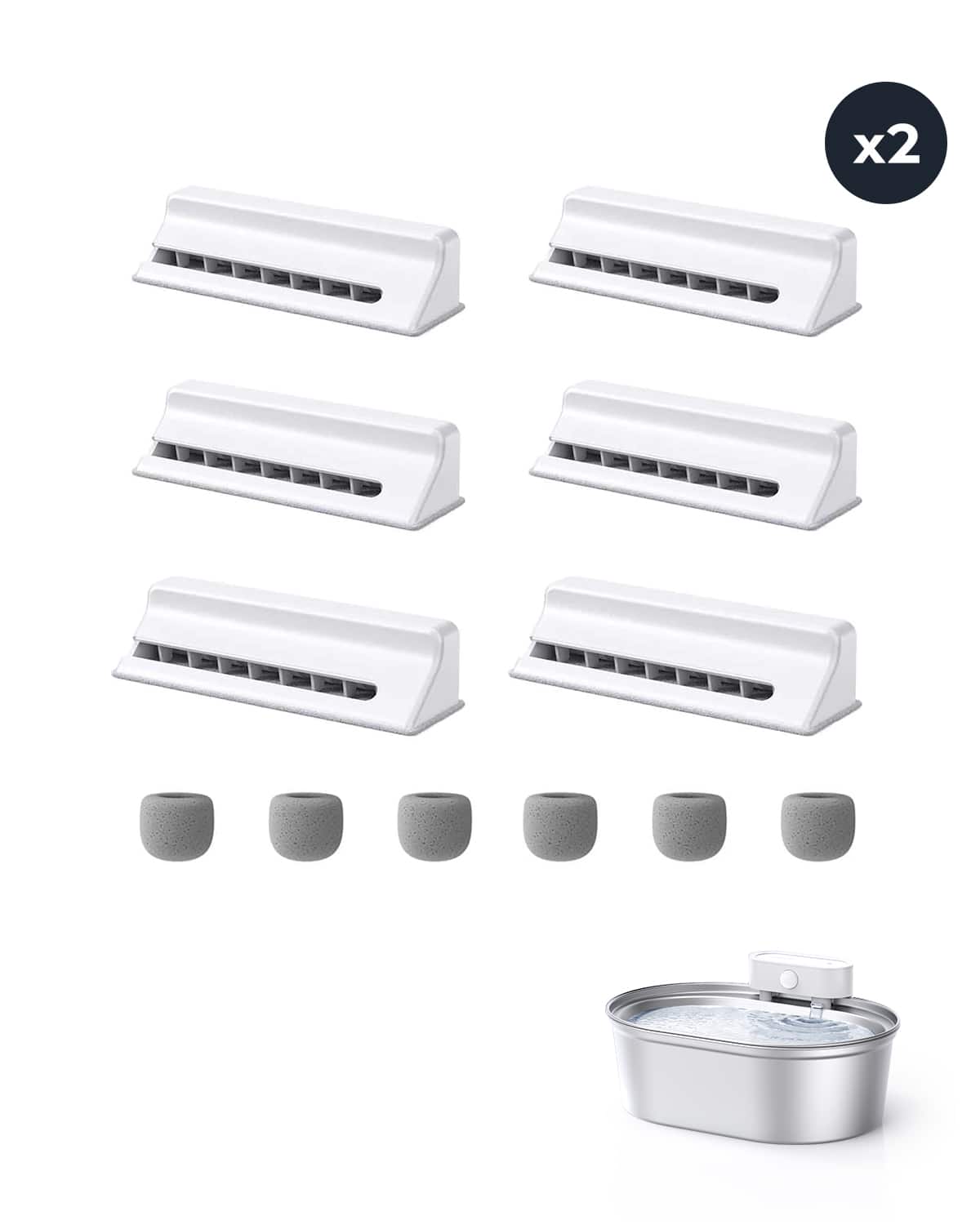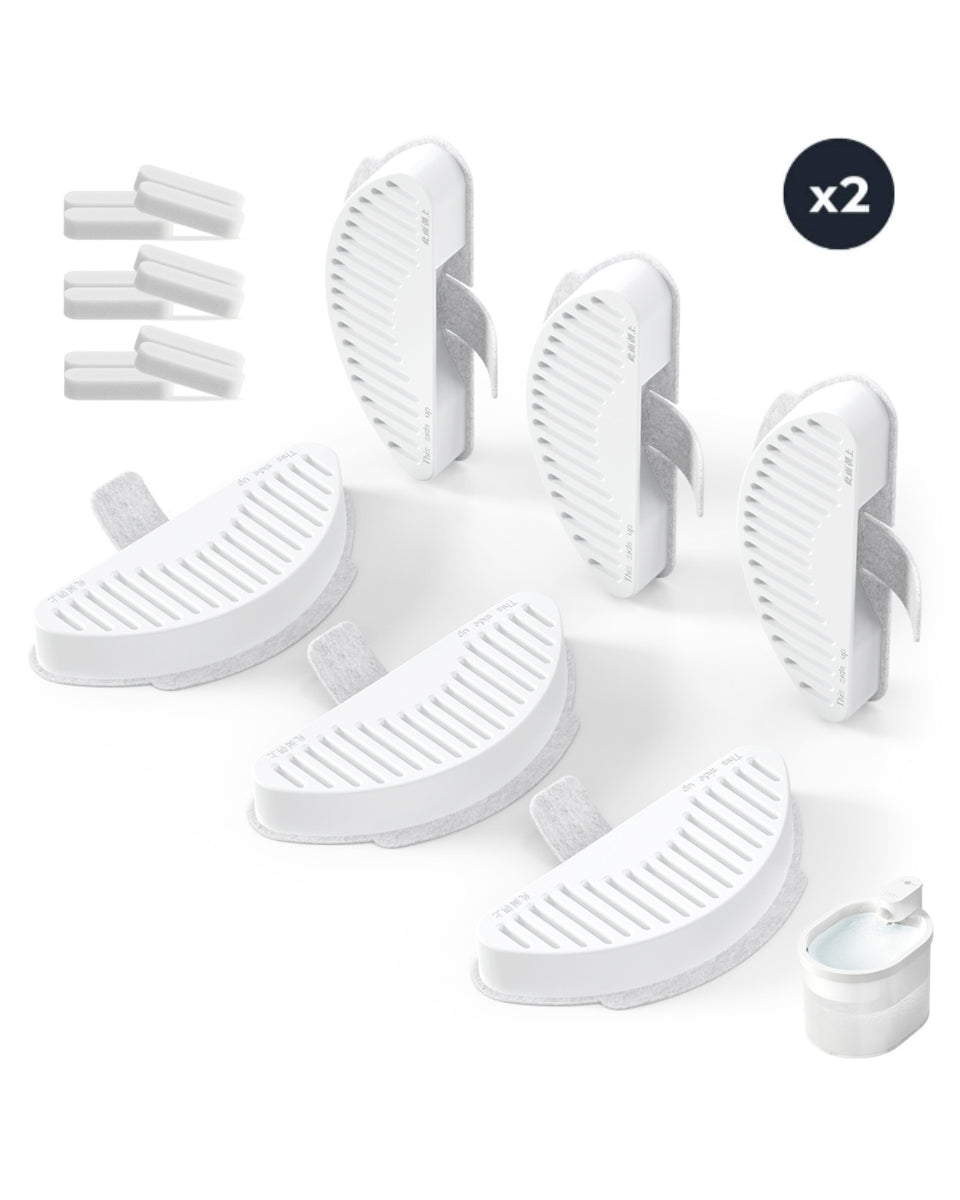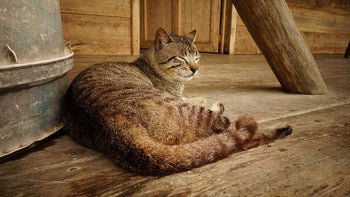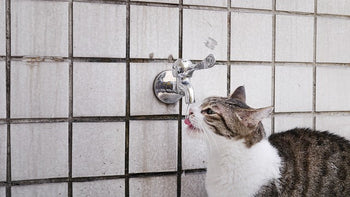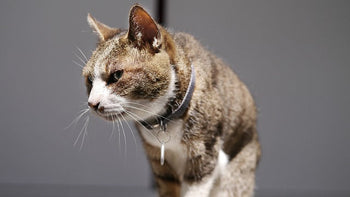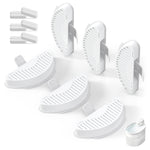Introduction
Regular maintenance of your pet cat's water fountain is not just a routine chore; it's a vital practice that directly affects the health and wellbeing of your feline companion. Ensuring the fountain operates efficiently prevents the risk of waterborne pathogens and guarantees that the water remains enticing and safe for your cat to drink. This guide delves deeper into the nuances of keeping the fountain in pristine condition, covering everything from the regular cleaning schedules to addressing common mechanical issues and the optimal management of water filters. By adhering to these practices, you not only prolong the life of the fountain but also ensure that your cat remains hydrated with clean, fresh water—a critical component of their overall health.

How to Clean and Maintain a Pet Cat Water Fountain
Cleaning Frequency: The necessity to clean your cat's water fountain can depend heavily on how frequently it's used and the environment in which it is placed. Indoor environments that are dust-free may require less frequent cleaning compared to those in more active or open spaces. Cleaning the water bowl weekly removes not just the visible dirt and saliva but also invisible bacteria and biofilms that can develop in stagnant environments. A thorough monthly cleaning of the entire system, including the pump and any connecting hoses, ensures that the internal mechanics continue to operate smoothly and that the water flow remains steady and uncontaminated. This regular maintenance is crucial for preventing mechanical wear and tear and for ensuring the system does not become a breeding ground for microbes.
Pump Cleaning Methods: The pump is integral to the fountain's functionality, acting as the heart that circulates water through the system. Maintaining it requires careful attention:
-
Safety First: Always disconnect the fountain from its power source to prevent any electrical hazards.
-
Removal and Disassembly: Extracting the pump is usually straightforward; however, ensure you follow any specific instructions from the manufacturer to avoid damage.
-
Thorough Cleaning: Once disassembled, each component of the pump should be cleaned using a soft brush to remove debris. For mineral deposits which can build up and impede the pump's efficiency, soaking the parts in a vinegar solution often helps dissolve these deposits.
-
Careful Reassembly: After rinsing the parts thoroughly, reassemble the pump carefully, making sure each piece is correctly aligned and securely fitted. Test the assembly in a safe, dry environment to ensure it operates correctly before returning it to the fountain setup.
Preventing Algae and Mold Growth: Algae and mold are not only unsightly but can also be harmful to your cat's health, potentially causing infections or other health issues:
-
Regular Water Replacement: Change the water completely at least once a week to maintain freshness and reduce the chance of algae and mold taking hold.
-
Location: Placing the fountain in a cool, shaded area away from direct sunlight significantly hinders the growth of algae, which thrives in warm and bright conditions.
-
Cleaners and Additives: Using cleaners designed for pet fountains can help prevent the growth of these organisms. Ensure any additives are safe for pets and do not alter the taste of the water unfavorably.
Troubleshooting Common Issues with Pet Cat Water Fountains
Machine Not Working: When a cat water fountain ceases to function, it can be due to a variety of issues that require systematic checking:
-
Power Supply Check: First, ensure that the fountain is connected to a working power source. Test the outlet with another device to confirm it's delivering power. Check all power connections and cords for any signs of damage or wear that could be causing a disconnection.
-
Pump Inspection: If the power source is fine, the next step is to examine the pump. Often, clogs formed by cat hair, dust, or food particles can obstruct the pump's function. Cleaning the pump as previously described can often resolve this issue.
-
Mechanical Check: Look for any mechanical failures. Sometimes components can wear out or break, particularly in older fountains. Check the manufacturer's website or user manual for specific troubleshooting tips related to your model. If the issue persists after cleaning and inspecting the pump, it may be necessary to replace the pump or consult with a professional repair service.
Noise Issues: A noisy fountain can be disturbing and may deter your cat from using it. Addressing this involves several steps:
-
Stabilize the Fountain: Make sure the fountain is placed on a stable, level surface. Vibrations can cause unnecessary noise, and ensuring the fountain isn’t wobbling or tilting can reduce this.
-
Check Water Levels: Low water levels often cause increased pump noise as the pump struggles to circulate air instead of water. Ensuring the water level is sufficient can eliminate this problem.
-
Pump Alignment and Padding: Adjust the position of the pump within the fountain. If it’s touching the sides or bottom of the fountain, it might vibrate against these surfaces. Adding padding or adjusting the pump's position to ensure it's not in direct contact with hard surfaces can significantly reduce noise.
Troubleshooting Steps: For effective troubleshooting of your fountain:
-
Visual Inspection: Look over the entire unit for any obvious signs of damage or disconnection.
-
Thorough Cleaning: Sometimes, issues can be resolved simply by performing a detailed clean of the entire system, as buildup can affect many aspects of the fountain's operation.
-
Component Testing: After cleaning and reassembling, test each component individually if possible. This can help isolate the problem area, whether it’s the pump, the power supply, or the fountain itself.
-
Consultation: If basic troubleshooting does not resolve the issue, consult the manufacturer’s support for further guidance or consider professional repair options if the problem is beyond simple fixes.

Managing and Replacing Filters
Replacement Frequency: It's essential to replace the filters in your cat's water fountain regularly to ensure the water remains clean and fresh:
-
Scheduled Replacements: Follow the manufacturer's guidelines on when to replace the filters. This is typically every 2 to 4 weeks, but may vary based on your specific fountain model and how much your cat uses it.
-
Observation: Monitor the filter's condition. If you notice a decrease in water flow or an unpleasant taste/odor in the water, it may be time to replace the filter even if it hasn’t reached the end of the recommended duration.
Using Vinegar on Filters: While vinegar is an excellent cleaner for many parts of the fountain, it may not be suitable for filters as it can break down certain filter materials and reduce their effectiveness. Always check with the manufacturer before using vinegar or any other substance to clean the filters.
Filter Lifespan Maximization: To maximize the lifespan and effectiveness of your filters:
-
Rinse Regularly: Rinse filters under cold water weekly to remove debris and extend their usefulness.
-
Proper Installation: Ensure filters are correctly installed as improper installation can reduce their effectiveness and may allow unfiltered water to circulate.

Brand Spotlight: Uahpet Cat Water Fountains
In the world of pet water fountains, Uahpet stands out with its innovative and high-quality offerings designed to meet the specific needs of cats. Our products, such as the Uahpet Zero Smart Pet Water Fountain and the Uahpet Zero Stainless Steel Wireless Pet Water Fountain, exemplify the brand's commitment to promoting healthy hydration habits in pets.
The Uahpet Zero Smart Pet Water Fountain is designed with smart technology that adjusts the water flow based on ambient light, saving power during less active hours. Its quadruple filtration system ensures that the water is free from hair, debris, and impurities, providing your cat with fresh water all day long. This model is ideal for pet owners looking for a blend of efficiency and smart functionality.
For those who prefer a more durable and stylish option, the Uahpet Zero Stainless Steel Wireless Pet Water Fountain offers a sleek design with the added benefit of being wireless, making it easy to place anywhere in your home without worrying about cords. Its stainless steel construction not only enhances the aesthetic appeal but also provides a robust, hygienic solution for your cat’s drinking needs.
Both models are designed with ease of use and maintenance in mind, featuring components that are simple to disassemble and clean. Uahpet’s dedication to quality and innovation makes their fountains a top choice for pet owners seeking reliable, long-term solutions for their cats' hydration needs.
Conclusion
Regular maintenance and proper management of your pet’s water fountain are crucial for ensuring a healthy hydration source for your cat. By adhering to a routine cleaning schedule, troubleshooting common issues promptly, and managing filters correctly, you can maintain a safe, functional, and appealing drinking environment. This not only enhances your pet's health but also ensures the longevity and efficiency of the fountain.


